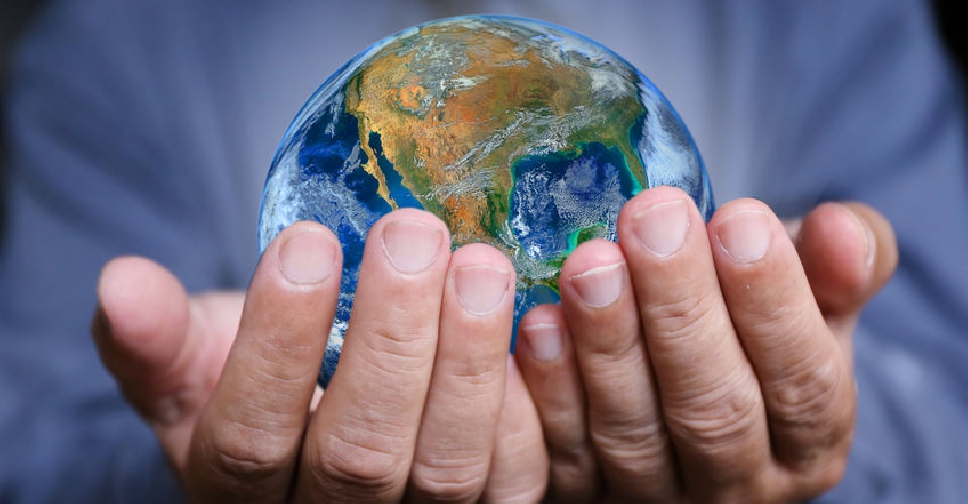
Over $186 million of new financing for nature and climate towards forests, mangroves and the ocean was announced during COP28's Nature, Land Use and Ocean Day.
This funding builds on the $2.5 billion mobilised to protect and restore nature during COP28’s World Climate Action Summit (WCAS) on December 2.
These pledges prioritised forest protection, mangrove and green space expansion, and bolstering funding for nature conservation and ocean sustainability.
Leaders emphasised the urgency of immediate action to safeguard nature as a cornerstone in achieving the Paris Agreement's goals.
“There is no path to fulfilling the Paris Agreement and keeping 1.5°C within reach without protecting and restoring nature, land, and the ocean. We must work in partnership, especially with the indigenous peoples and local communities who steward these critical assets,” said Razan Al Mubarak, UN Climate Change High-Level Champion for COP28. “The diverse, incredible turn-out for Nature, Land Use, and Ocean Day at COP evidences the support for this dual nature-climate agenda and its centrality to the response to the Global Stocktake. I am delighted that we also have a clear pathway for nature to COP30 in Belém.”
“The COP28 Presidency; the UAE, has demonstrated real action for Nature, one that is backed by significant financial commitments. The journey to 1.5 as we all know, is not possible without nature, and this level of action must be expedited to achieve real progress by COP30,” said Nana Addo Dankwa Akufo-Addo, President of the Republic of Ghana.
Reversing nature loss can provide upwards of 30 per cent of the mitigation action needed to keep 1.5°C within reach by 2030. Nature also has a crucial role to play in reducing climate-related hazards, such as floods and fires. Nature preservation can also contribute a potential $10 trillion worth of new business opportunities and provide almost 400 million new jobs.
At COP26, climate action leaders agreed to halt and reverse deforestation by 2030 and, earlier this year, adopted the Global Biodiversity Framework (GBF), with its goal to protect 30 percent of the land and ocean by 2030. These goals depend on investment in and leadership from indigenous communities, who steward some 80 percent of global biodiversity.
“For thousands of years, our people have been devoted to living in balance and harmony with nature, observing the behaviour of the biodiversity that surrounds us, the animals, plant life cycles and water flows,” said María Jose Andrade Cerda, an Indigenous woman from the Kichwa community of Serena, Ecuador, who leads economic and community development in the council of the Confederation of Indigenous Nationalities of the Ecuadorian Amazon. “By bringing science and indigenous knowledge together, COP28 has helped remind the world that understanding and respecting the intricate dance between humanity and nature is paramount to our future.”
A key policy outcome of Nature, Land Use, and Ocean Day is a joint statement between the COP28 Presidency and the Convention on Biological Diversity (CBD), chaired by the People’s Republic of China. The COP28 Joint Statement on Climate, Nature and People was endorsed by 18 countries who lead climate, nature and 11 biodiversity partnerships across forests, mangroves and the ocean. This signalled a new commitment for countries to coordinate and simultaneously implement their nature and climate strategies.
During WCAS, the UN Climate Change High-Level Champion for COP28 announced that the UAE will contribute $100 million of new finance for nature-climate projects, with an initial $30 million investment in the Ghanaian government’s ‘Resilient Ghana’ plan. The UAE and Brazil will co-lead a two-year strategic partnership bridging COP28 to COP30.



 Emirati Women's Day to be themed 'Hand in Hand, We Celebrate 50 Years'
Emirati Women's Day to be themed 'Hand in Hand, We Celebrate 50 Years'
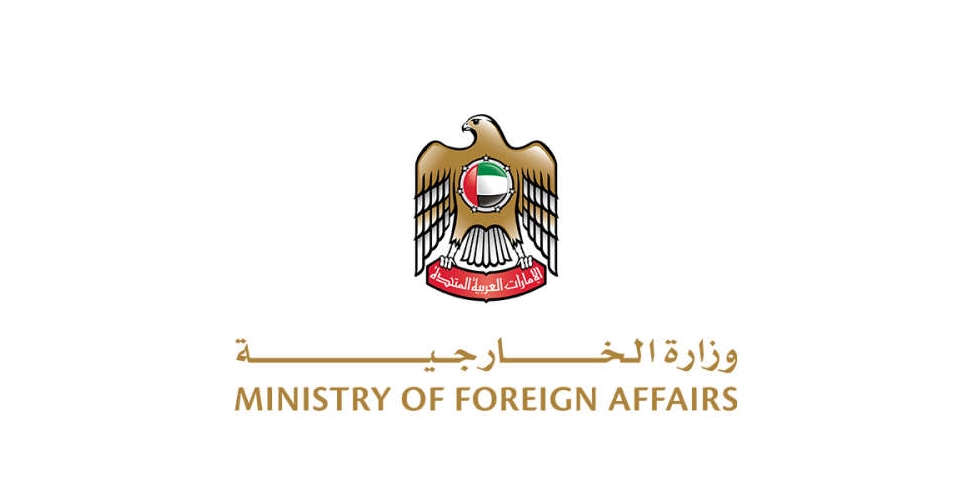 UAE expresses solidarity with Italy over petrol station explosion
UAE expresses solidarity with Italy over petrol station explosion
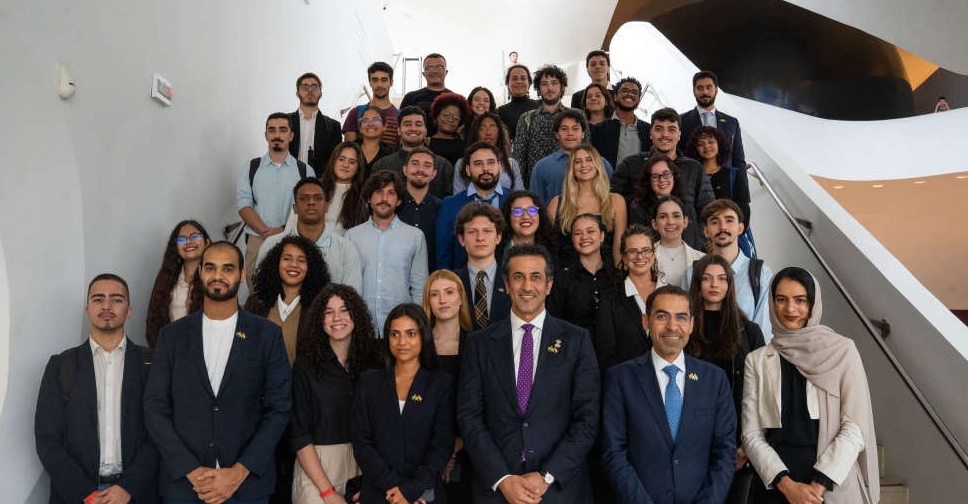 UAE hosts ‘BRICS Youth Dialogue’ in Rio
UAE hosts ‘BRICS Youth Dialogue’ in Rio
 Future scientists to compete in International Chemistry Olympiad 2025 in UAE
Future scientists to compete in International Chemistry Olympiad 2025 in UAE
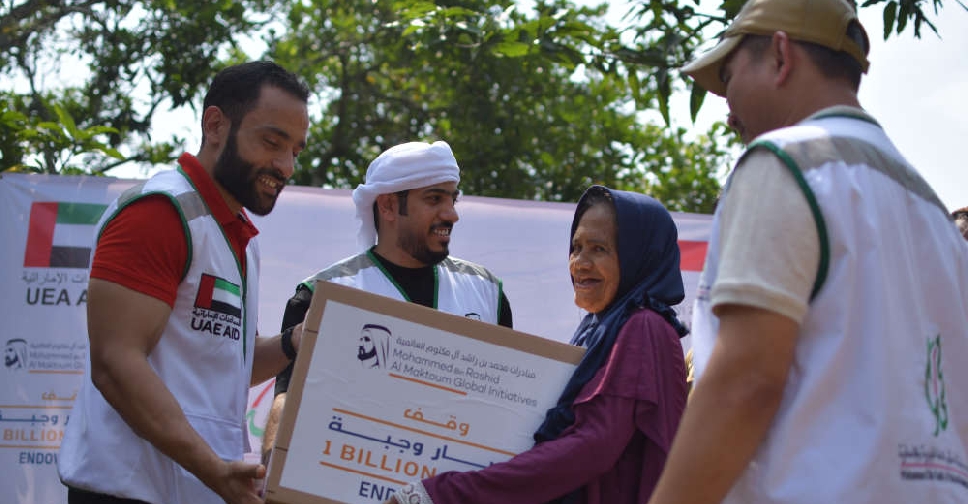 H.H. Sheikh Mohammed announces completion of 1 Billion Meals project
H.H. Sheikh Mohammed announces completion of 1 Billion Meals project
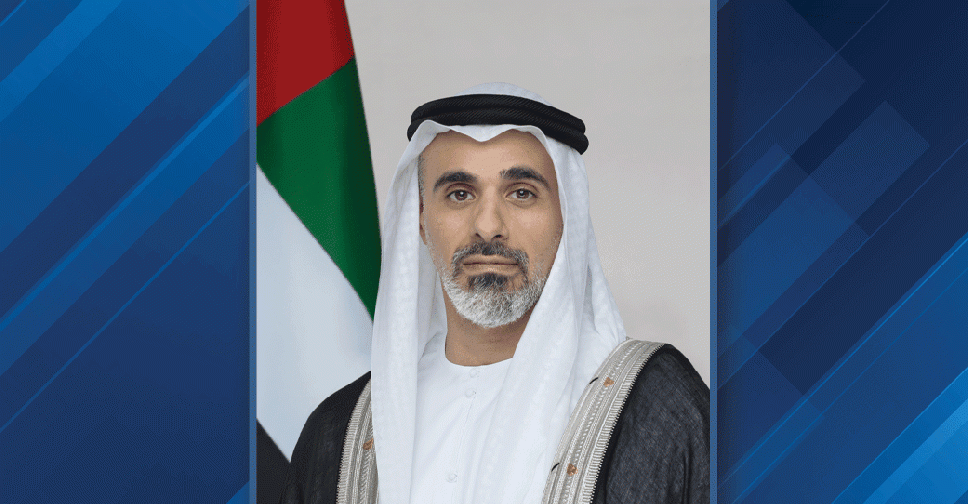 Abu Dhabi Crown Prince leads UAE delegation at BRICS Summit
Abu Dhabi Crown Prince leads UAE delegation at BRICS Summit
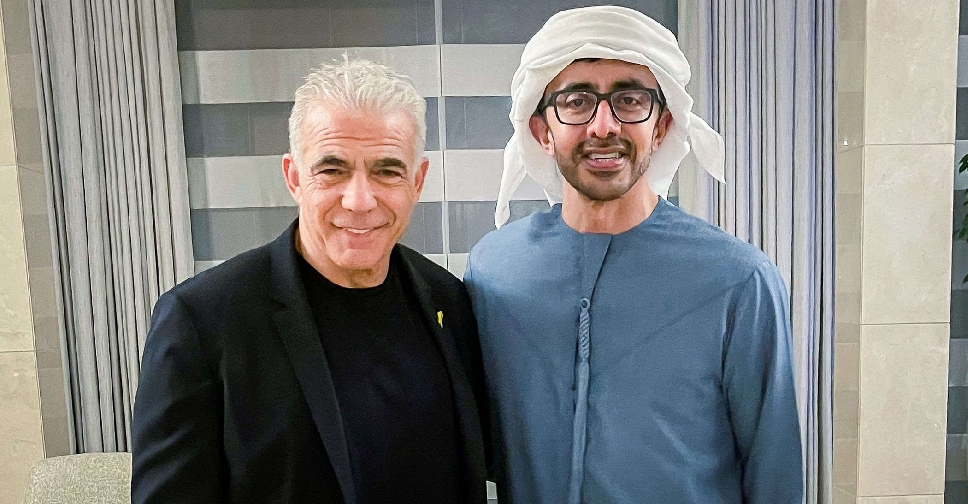 UAE Foreign Minister meets Israeli opposition leader in Abu Dhabi
UAE Foreign Minister meets Israeli opposition leader in Abu Dhabi
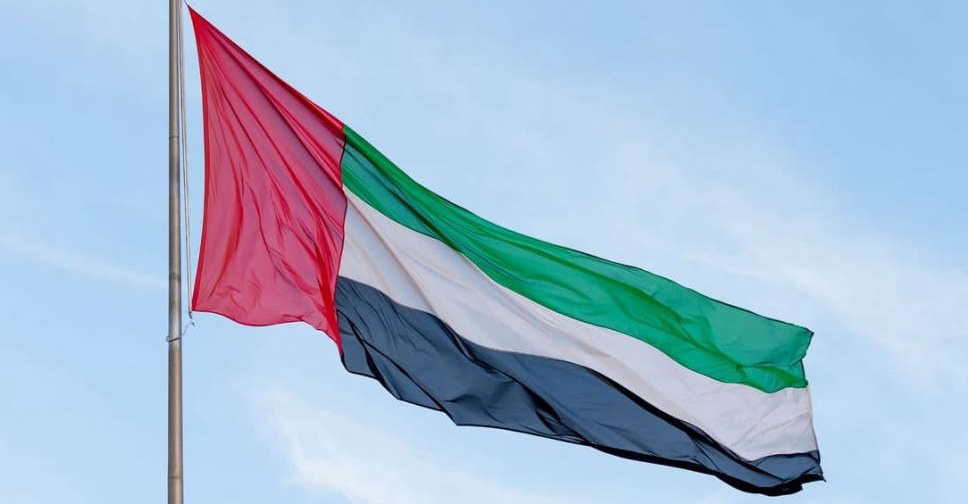 UAE condemns Israeli minister's call for sovereignty over occupied West Bank
UAE condemns Israeli minister's call for sovereignty over occupied West Bank



